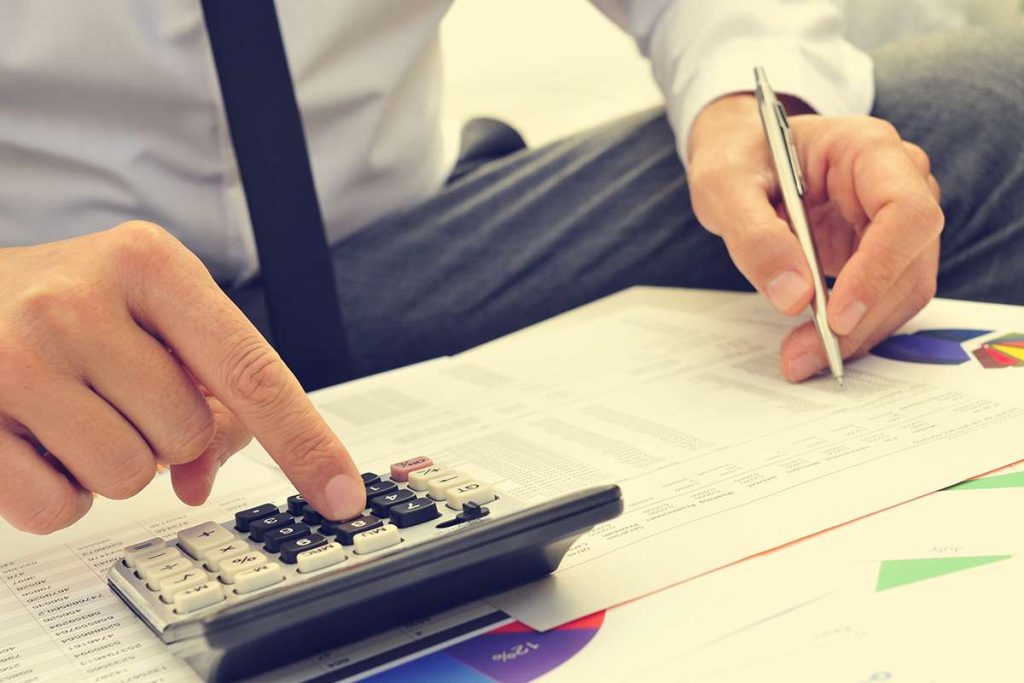
Please help us keep BankersOnline FREE to all banking professionals. Support our advertisers outstanding check definition and sponsors by clicking through to learn more about their products and services. Let us go through a few examples to understand these types of checks.
- However, by the end of the month, the landlord still needs to deposit the check.
- If your payee has requested another check for any reason, make sure to ask for the old check back before they do.
- In that case, the payor must immediately inform its bank to stop the payment of a check.
- The check bounces because it cannot be processed, as there are insufficient or non-sufficient funds (NSF) in the account (the two terms are interchangeable).
- The wholesale mobile dealer promptly presents the outstanding check to their bank and encashes it for credit to their account.
- A cashier’s check is guaranteed by the banking institution and signed by a bank cashier, which means the bank is responsible for paying the funds.
How to Handle Outstanding Checks?

To certify a check, it must be presented at the bank from which it is drawn, at which time the bank will ascertain its authenticity with the payor. Checks are generally written against a checking account, but they can also be used to move funds from savings accounts and other types of accounts. A check is a bill of exchange or document that guarantees a certain amount of money.

Unclaimed Property
An outstanding check is a check payment that has been recorded by the issuing entity, but which has not yet cleared its bank account as a deduction from its cash balance. The concept is used in the derivation of the month-end bank reconciliation. An outstanding check is a check payment that is written by someone, but has not been cashed or deposited by the payee. These checks can also be written by a company, but these checks have not yet cleared the bank account. When preparing financial statements, one doesn’t directly add outstanding checks to the balance sheet.
Outstanding Check vs Deposit In Transit

Even though the bank statement may not display it, the payee’s account incurs a debit ledger account for the amount of the outstanding check. An outstanding check remains a liability of the payer until such time as the payee presents the check for payment, which then eliminates the liability. Implementing these strategies can greatly reduce the risk to cash flow stability posed by outstanding checks, keeping financial management on track and reliable. Also, business owners must track their income, expenses and accounts payable as a part of their accounting.
How Current Events Have Changed Banking

Learning how to use a check correctly, including how to void a check, can provide you with a secure payment method that you may need or prefer to use in certain circumstances. If want to avoid Outstanding Checks altogether, consider online bill payment. With this, the bank deducts funds from your checking account when the check is printed. As https://www.bookstime.com/ a safety precaution, your funds will return to your account if the payee does not deposit the check with a certain period of time, usually within six months.
- Different checks are designed for different purposes and for different risk levels.
- During the outstanding check bank reconciliation process, Sarah identified the check and adjusted her records accordingly.
- On a bank statement, an outstanding check means the check amount has been deducted from your account balance but the bank has not processed it yet.
- Inflated account balance happens when you write a check and the money never leaves your account, you may eventually think that you can spend those funds.
- They are key components of transactions involving payments or transfers.
- A check is a bill of exchange or document that guarantees a certain amount of money.






